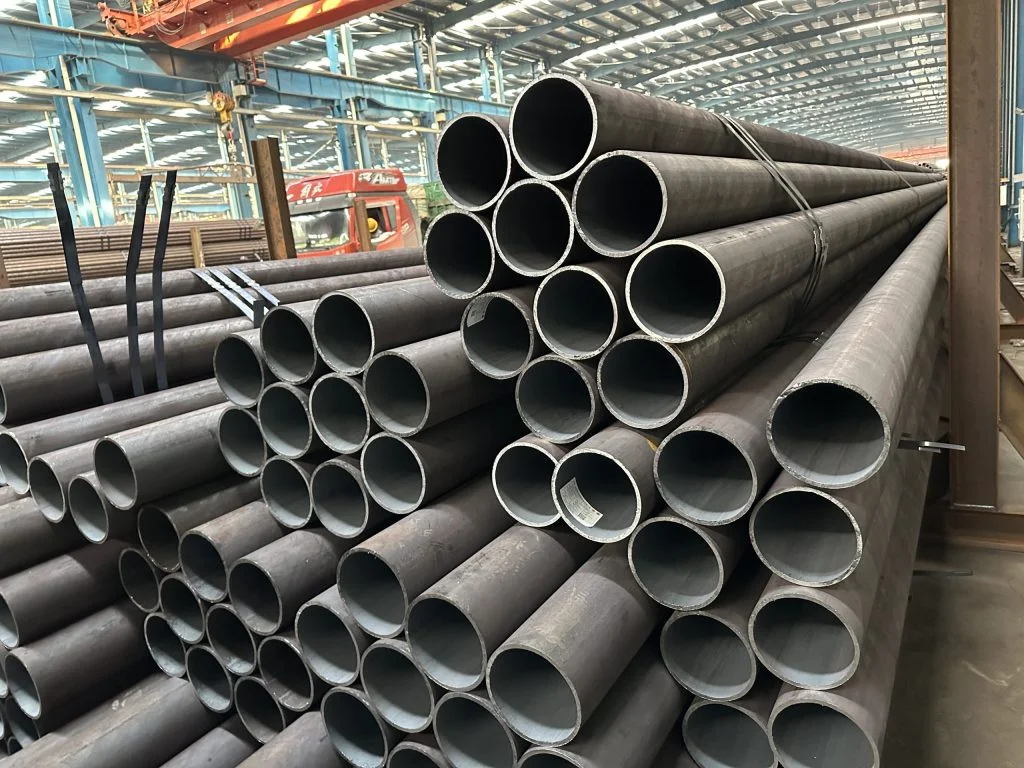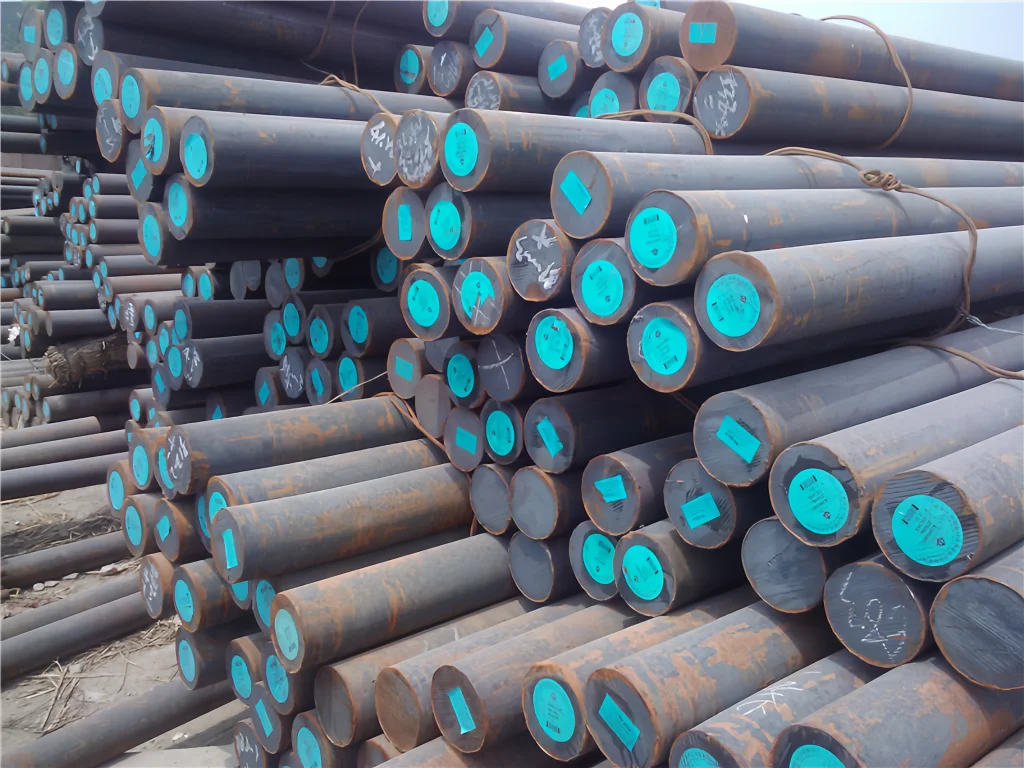Among industrially or domestically utilized substances, carbon steel and cast iron are two of the most common iron alloys. Both are major components of most industries, but they are not the same. They possess characteristics that render them appropriate for specific use. It is crucial to know the difference so that one may make information-based choices appropriate to the demands of a specific task.
Cast Iron and Carbon Steel Composition and Properties
The biggest difference between cast iron and carbon steel is its composition. Cast iron consists of iron and carbon (2% to 4%) and small amounts of other metals like silicon. While all that carbon does indeed make it more brittle, it also allows it to hold heat extremely well, which is why it finds its way into so many of your kitchen tools, most notably pots and pans. However, this high carbon content lowers the ductility of cast iron and tends to impart tension cracking to it. Carbon steel contains much less carbon, typically less than 2%. Carbon steel is merely iron and carbon but, unlike cast iron, may have additional alloying elements like manganese and silicon that introduce hardness along with toughness. Reduced carbon content is one of the properties which render carbon steel tough and as ductile and because of which, best suited to be used wherever strength, toughness, and resistance to scratches is needed.
How Do Their Physical Properties Differ?
Physical properties of both elements vary on a wide range in terms of how they respond to a given set of conditions.
Cast iron has the ability to retain heat. It takes long to get hot but holds it for a very long period of time. This quality would make it ideal to be utilized in cookware, especially one like cast iron skillets and griddles where even heat distribution is a necessity for even cooking. Apart from that, the slower heat conduction by cast iron guarantees its retention of uniform temperature in the long run, which is valued in some cooking methods, for example, low and slow stew cooking, or searing meat.
Carbon steel, however, heats a lot faster, arriving at the heat much sooner than cast iron. This rate of heating is a consideration worth remembering where speed and precision are necessary, for example, in frying, searing, or grilling. Carbon steel pans, for example, are highly valued by professional cooks since they heat quickly and also cool quickly and are a perfect choice for cooking methods that entail high heat.
Longevity Factors and Maintenance
Cast iron and carbon steel are long-lasting, but they need different levels of maintenance to maintain them in their optimum condition.
Cast iron is also extremely long-lasting and durable, especially in machinery or industrial use. Cast iron will rust, nonetheless, if not properly cared for. To prevent corrosion, it must be oiled and seasoned every now and then. The coating keeps the iron from getting in contact with water and repeating the rusting process. Second, the extremely thick quality of cast iron products makes them highly inconvenient to deal with, especially where relocation or repositioning is ever called for.
Carbon steel, on the other hand, while hard and tough as well, is less susceptible to cracking as well as impact failure than cast iron. Similar to cast iron, carbon steel also rusts when not painted over time. Carbon steel has a low maintenance factor, though. For instance, carbon steel pots and pans need to be seasoned just like cast iron but, being harder and lighter, is less prone to be harmed when dropped or hit with a hard blow.
Practical Uses of Cast Iron and Carbon Steel
Cast iron is usually the preferred material for the products to withstand high temperature and enormous load for a very long duration of time. Some of the most frequent uses are
- Machine parts of industries:Cast iron is utilized in machine parts like brake drums, gears, and pistons since it has the ability to withstand enormous load and pressure.
- Frying pans:Cast iron frying pans, Dutch ovens, and griddles are in high demand since they are resistant to wear and good heat conductors.
- Pipe fittings:Cast iron is also highly suitable for plumbers and other pressure-tight piping systems due to its high compressive strength.
More in wear-resistant and high-performance applications, carbon steel with higher tensile strength and elasticity is applied. Some of them include:
- Auto parts: Chassis, suspension, and engine components of automobiles are manufactured with carbon steel since it’s hard and wear-resistant.
- Construction and infrastructure:Carbon steel is used in the construction of buildings, mainly beams, frames, and bridges.
- Tool making: Carbon steel edge retention and hardness are a few of those properties that provide it with a tag of being an ideal product for the manufacture of cutting tools like knives, drills, and other machine tools.
Cast Iron vs. Carbon Steel: In-Depth Comparison
Let us list the key differences between cast iron and carbon steel in a concise table.
| Feature | Cast Iron | Carbon Steel |
| Carbon Content | 2% to 4% | Less than 2% |
| Melting Point | 2200°F | 2500–2800°F |
| Strength | High compressive strength | High tensile strength |
| Castability | Easy to cast | More difficult to cast |
| Corrosion Resistance | Moderate to low | Higher |
| Impact Resistance | Low | High |
| Cost | Cheaper | More expensive |
| Applications | Heavy machinery, cookware | Automotive parts, tools |
Pros and Cons of Cast Iron
Advantages of Cast Iron:
- Good casting ability
- High compressive strength
- Good wear resistance
- Long lasting and durable
- Resistant to deformation when subjected to heavy loads
Disadvantages of Cast Iron:
- Tends to rust and corrode easily
- Brittle with poor tensile strength
- Poor impact resistance
- Heavy and clumsy to handle in some cases
Pros and Cons of Carbon Steel
Advantages of Carbon Steel:
- Higher tensile strength and elasticity
- Resistant to corrosion, especially when treated
- Easier machining and fabricating compared to cast iron
- Cheaper for certain applications
Disadvantages of Carbon Steel:
- More costly than cast iron
- Worse impact resistance
- Requires more frequent maintenance to prevent corrosion
Choosing the Best Supplier for Your Carbon Steel Needs
In making a choice between cast iron and carbon steel for your application, having a supplier that is extremely experienced with the specific characteristics and requirements of the two products matters. Qingdao Sunrise New Material Co., Ltd. is one of the most appropriate suppliers of metal and steel products with custom-tailored services for industries.
Backed by its excellent product and service quality awareness, Sunrise New Material has established long-term business cooperation with China’s largest domestic and overseas steel mills to meet the requirements of foreign customers. No matter what your requirement for carbon steel bar or carbon steel pipe is, Sunrise New Material adheres to meeting your requirement in timely delivery, reasonable price, and quality assurance.
Why Qingdao Sunrise New Material Co., Ltd.?
- Whole Product Range: Offering a comprehensive range of carbon steel products, i.e., bars and pipes, to address different project requirements.
- Affordability:Competitive production costs and quick turnovers help Sunrise New Material offer quality goods at affordable rates.
- Rapid Delivery:They aim at delivering your materials as rapidly and efficiently as they can so as not to delay your project.
- Production Capacity:With multiple production lines and a proper supply chain, they are the best business partner for any of your steel material needs.
For enterprises that want to expand their capacity for purchasing steel, Qingdao Sunrise New Material Co., Ltd. offers an affordable, efficient, and reliable solution.








